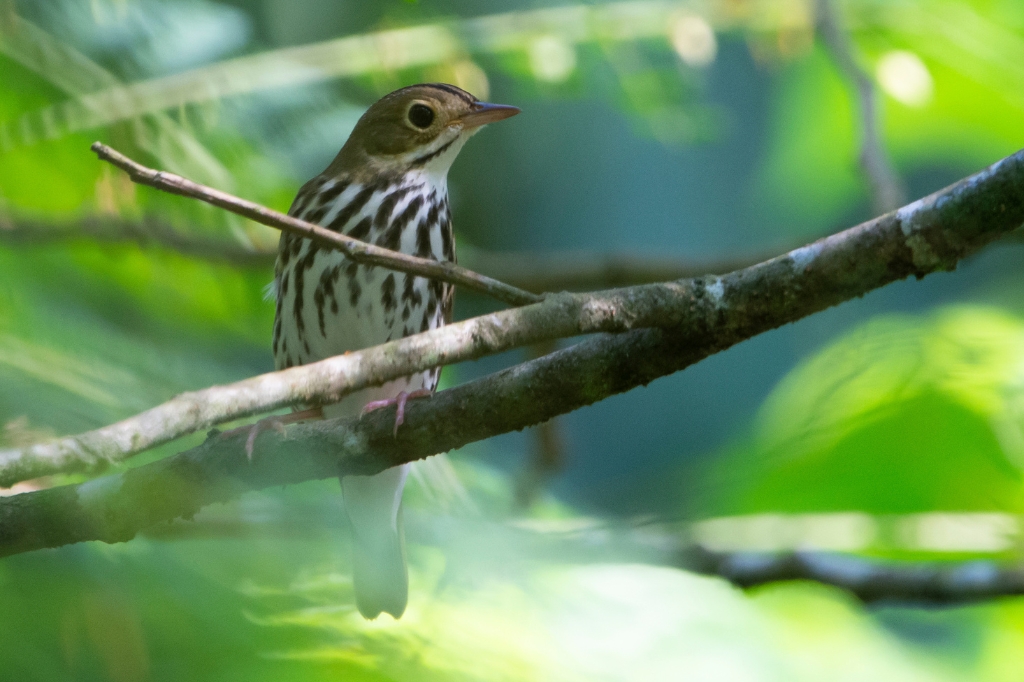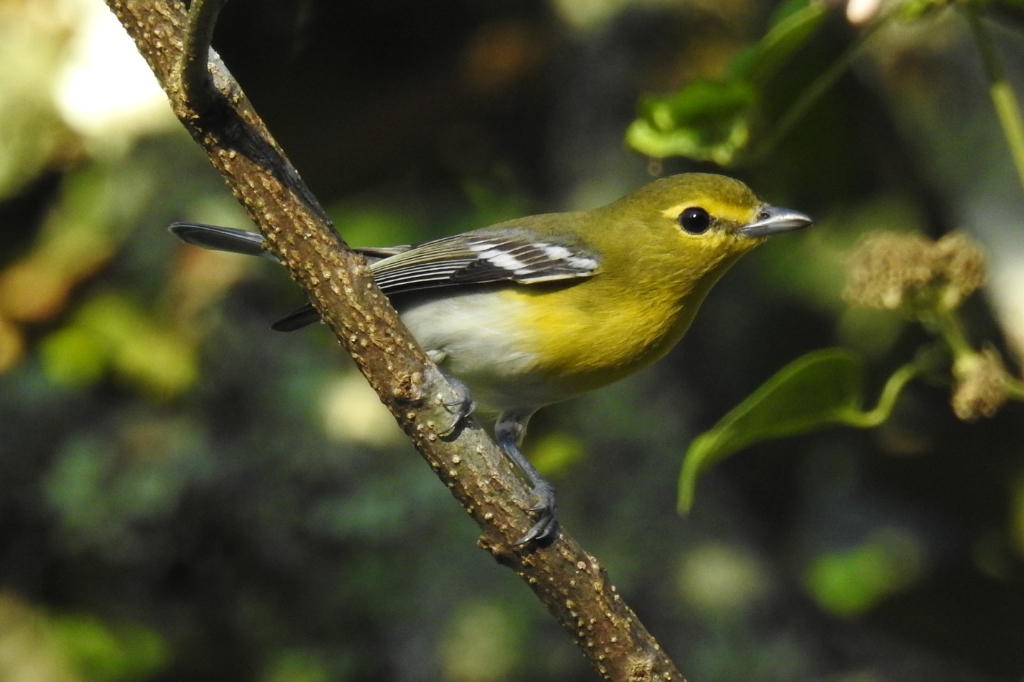By Fabiola Rodríguez Vásquez
Related paper: An overview of the drivers of performance in nonbreeding Nearctic–Neotropical migratory songbirds by Fabiola Rodríguez Vásquez and Caz Taylor. Ornithology.
My passion for bird ecology and Neotropical ecosystems stems from exploring and studying birds in forests and the working landscapes of my home country, Honduras. Each volunteering opportunity, conference, and graduate school has shaped my interests and inspired numerous research ideas. Formulating a research question for my Ph.D. wasn’t simple. Apart from reading, conversations with friends and involvement in conservation groups helped me clarify my research direction. One conservation-driven question I was exposed to was: What limits populations of migratory birds? This question encapsulated my interests, leading me to focus on Nearctic-Neotropical migratory birds during the nonbreeding period. While I knew that the question of population limitation was too broad for me to answer in one Ph.D., I used it as a compass for my work. In this post, I share the motivation and findings of a review on migratory songbird ecology during the nonbreeding period. I wrote this review paper with students and early career professionals like me in mind. I hope it is helpful if you are interested in migratory bird ecology and to highlight the benefits of narrative syntheses and systematic reviews.

Songbirds include species that have seen the steepest declines for birds that breed in North America, and 125 species can be considered Nearctic-Neotropical migrants. The idea of a narrative synthesis originated between my field seasons as I navigated how to retain what had been researched and how data could be collected in the field, given site- and species-specific contexts. We aimed to catalog what has been studied on the influence of performance (i.e., indicators of habitat quality) of Nearctic-Neotropical migratory songbirds during the overwintering or nonbreeding period. Of course, the study paradigm for migratory birds is to understand and keep in sight the context of the Full Annual Cycle. However, based on my research experience, I believe this paradigm will be as strong as each of the phases’ knowledge.
What I find exciting about this work is that we highlight 57 papers that evaluated a performance metric like body condition (mass-related index) or overwintering apparent survival for migratory songbirds (Order Passeriformes) in the Neotropical region, where these species spend six to eight months of their annual cycle. From these papers, we learned that habitat type has been the most studied predictor of performance. Several topics are ready to be explored such as the role of predation, disease and various climate variables on the performance of nonbreeding migrants. Seventeen Neotropical countries have contributed to the knowledge of the performance of 51 songbird species. Our review does not show a definitive answer on what influences the performance of songbirds. Still, it is a source of insight and references. Efforts focused on conserving broad groups (e.g., songbirds, shorebirds) must recognize the nuance of species-specific, ecosystem, region, and natural history aspects.

Your work sounds astounding. All the best in love and success.